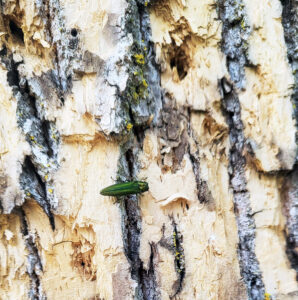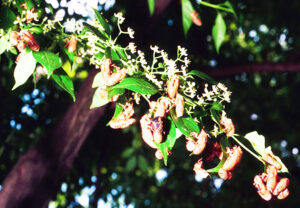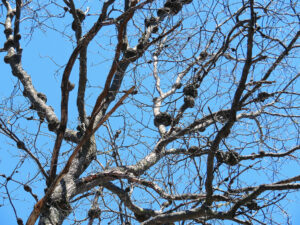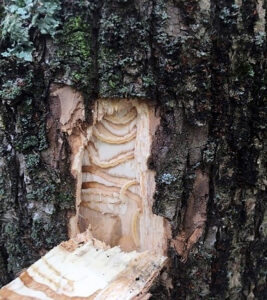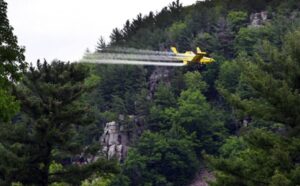By Art Kabelowsky, DNR forest health communications and outreach specialist, Fitchburg
Arthur.Kabelowsky@wisconsin.gov or 608-335-0167
 As Wisconsin braces for another potentially busy season of spongy moth caterpillars, three state agencies have teamed up to make it easier for tree owners and others to access the latest information and advice on the invasive, leaf-chomping pests.
As Wisconsin braces for another potentially busy season of spongy moth caterpillars, three state agencies have teamed up to make it easier for tree owners and others to access the latest information and advice on the invasive, leaf-chomping pests.
The Wisconsin Department of Natural Resources (DNR) has joined the Wisconsin Department of Agriculture, Trade and Consumer Protection (DATCP) and the University of Wisconsin-Madison Extension to revamp the state’s interagency spongy moth information webpage.
Renamed the “Spongy Moth Resource Center,” a first glance at the document reveals basic information on the insect. But by following a new list of “Frequently Asked Questions,” visitors can tunnel deeper to more easily find information that applies specifically to their situation.
Continue reading “Spongy Moth Resource Center Hatches Just In Time”

